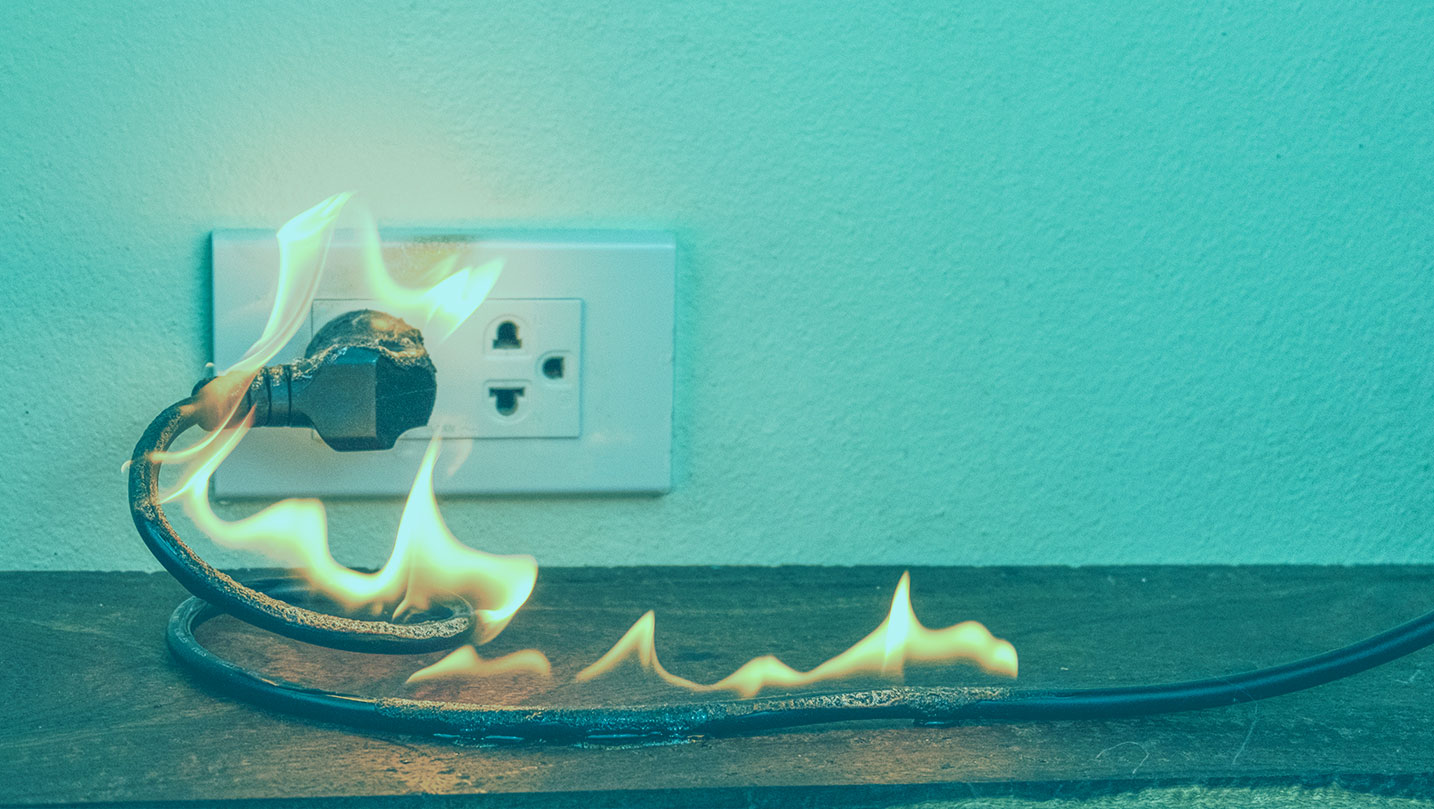May marks the commencement of National Electrical Safety Month, an initiative led by the Electrical Safety Foundation International, a nonprofit organization committed to advocating electrical safety in both residential and occupational settings. This annual observance aims to educate precautionary measures to mitigate the occurrence of electrical fires, casualties, injuries, and property damage.
According to data from NFPA.org, between 2015 and 2019, electrical distribution or lighting equipment, encompassing wiring, lighting fixtures, cords, and plugs, were implicated in approximately 32,620 reported residential structure fires annually. These incidents resulted in an average of 430 civilian fatalities, 1,070 civilian injuries, and a staggering $1.3 billion in direct property damage per year.
The involvement of electrical distribution or lighting equipment ranked highest in terms of direct property damage and third in the major causes of home fires, fatalities, and injuries. Wiring and related equipment accounted for 6 percent of all residential fires and 11 percent of fire-related deaths, while cords or plugs were implicated in one percent of fires but attributed to seven percent of fatalities, with extension cords being the primary culprit in this category.
To bolster electrical safety, consider the following checklist:
- If you experience frequent issues like blown fuses or tripped circuit breakers, tingling sensations when handling electrical appliances, discolored or warm wall outlets, or unusual smells emanating from appliances, seek assistance from a qualified electrician or landlord promptly.
- Conduct a thorough inspection of your residence to uncover any concealed electrical hazards.
- Regularly inspect electrical cords for signs of damage, such as cracks or loose wires. If repairs are necessary, enlist the services of a professional repair shop or electrician, or replace the item altogether.
- Ensure that electrical cords are not routed across doorways or concealed beneath carpets. If such situations arise, consult a qualified electrician to install additional outlets.
- Safeguard children from electrical cords and outlets to prevent burns, shocks, or electrocution.
- Install faceplates on all receptacle outlets and switches.
- Refrain from overloading outlets by inserting multiple plugs into a single receptacle.
- Verify that the wattage of light bulbs corresponds to the lamp’s safety specifications.
- Install shades or globes over light bulbs in living areas to mitigate the risk of fire.
- Equip your home with ground-fault circuit interrupters (GFCIs) in designated areas like kitchens, bathrooms, laundry rooms, basements, garages, and outdoor spaces to minimize the likelihood of electric shocks.
- Limit the use of heat-producing appliances, such as toasters and microwaves, to one per outlet to prevent wiring overheating.
- Purchase appliances certified by reputable testing laboratories.
- Install arc-fault circuit interrupters (AFCIs) in your residence to detect and halt unintended arcing, thus reducing the risk of fire.
- Maintain a safe distance between ladders and overhead power lines, including those supplying electricity to your home.
Sources:
https://www.esfi.org/program/national-electrical-safety-month/
https://www.nfpa.org/education-and-research/home-fire-safety/electrical
